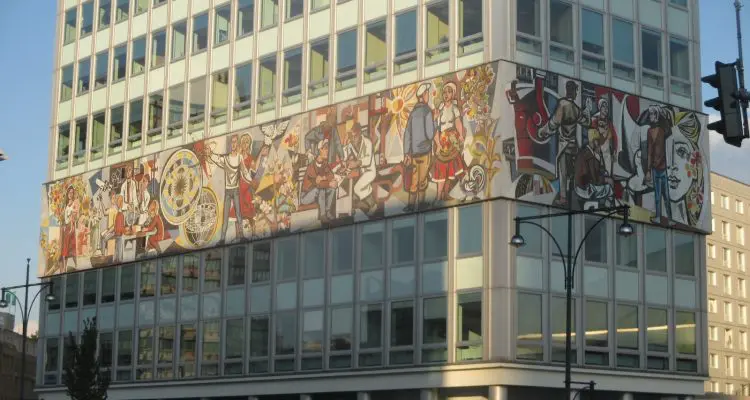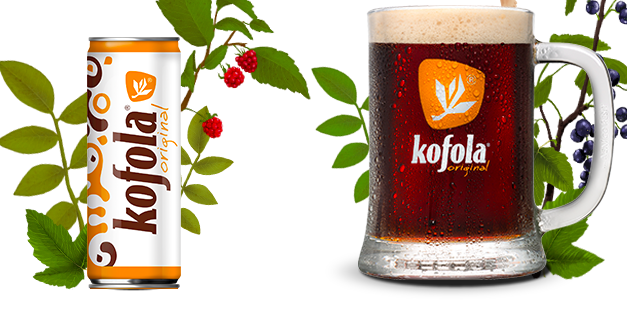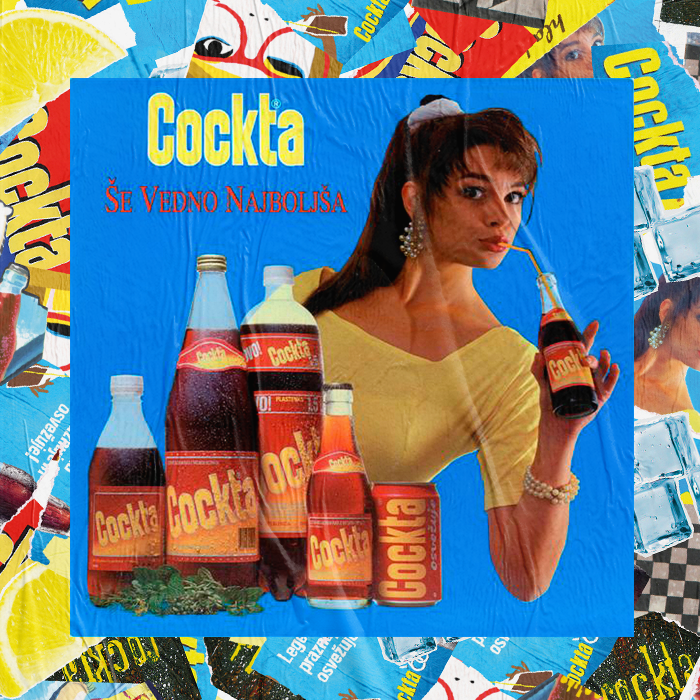After the fall of communism, many products disappeared from the eastern side of the Iron Curtain, as factories struggled to compete with an entire globe’s worth of products, often flashier and higher quality. That doesn’t mean that communist heritage has completely disappeared from daily life and culture. In time, many came to miss aspects of life under communism, from stable employment and greater gender equality, to simple goods connected to happy memories. In Germany, this has become known as “Ostalgie” (from the words for “east” and “nostalgia,” “Ost” and “Nostalgie,”), and is especially visible in Berlin, from traffic lights and cars, to tourist kitsch and popular films like Goodbye, Lenin! Here are some ways to get an often literal taste of East and Central Europe’s communist heritage.
Cola-style Drinks
During the Cold War, Coca-Cola and Pepsi became symbols of the west. This is visible in the popular 1964 Czechoslovak musical comedy “Lemonade Joe,” a satire of commercialism starring a cowboy who supports “Kolaloka,” a fictional soft drink (in Czech, “limonada” can refer to soda) Because Coke was difficult to get behind the Iron Curtain apart from in Yugoslavia until the late 80s, many countries instead created their own versions. You don’t need to be in a musical western to try the Czechoslovak take on Coca-Cola, thanks to Kofola. Introduced in 1960, Kofola in its many forms can be found throughout East and Central Europe, especially in Slovakia and the Czech Republic. Kofola is made with 14 herbs and fruits, and contains less sugar than its competitors.
Popular communist soft drinks can be found in all directions from the Czech Republic, such as in Germany, home to Vita Cola. Introduced in the late 50s, Vita is less sweet and somewhat thicker than its competitors, with a more fruity taste, which has helped it remain one of Germanys’ most popular soft drinks, especially in the former DDR. Another East German soda still on shelves is Club Cola.
Made from a recipe combining 11 herbs and fruits, especially rose hips, Cockta is another ersatz Coca-Cola. Introduced at a ski jumping competition in 1953, this soda took off as quickly as a ski jumper, first around Yugoslavia, then throughout the Eastern Bloc. Inspired by Cockta, Poland launched Polo-Cockta in the 70s, which was revived in the 2000s as part of a wave of communist nostalgia. Polo-Cockta played a key role in the 1987 cult classic fantasy comedy, “Kingsajz” (pronounced “king size,”) which subtly mocked authorities.
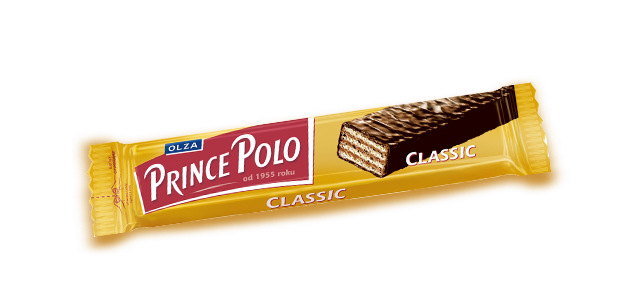
Candies
The rising tide of nostalgia for communist products in Poland also revived two nearly extinct sweets. “Warm ice cream” is made from mousse, topped with chocolate, syrup, or nuts, in a waffle cup. These are akin to Germany’s popular Schokoküsse (“Chocolate kisses”), marshmallows covered in chocolate. Also seeing a resurgence are Bambino ice cream bars, which older Poles associate with bygone beachside vacations. Most of Poland’s other favorite desserts predate communism, but the country’s most popular candy only dates back to 1955: Prince Polo chocolate wafers. Packing a lot of taste for their size, these candy bars were a hit throughout Communist Europe, and are still legendarily popular in Iceland, which traded herring for tons of the Polish sweets (the average Icelander still consumes half a kilo of Prince Polo annually).
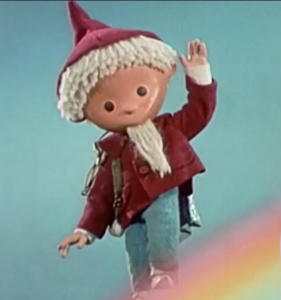
Cartoons
Communist-era cartoons are still dear to many, having been a cherished part of childhoods the continent over. The Sandmännchen (“Little Sandman”) came out in East Berlin a few weeks before West Berlin aired its own version, but the eastern version quickly eclipsed its western doppelganger, becoming popular throughout Europe, especially in Scandinavia. A charming, gentle stop motion animated show that played right before bedtime, the eponymous character traveled the world (and occasionally cosmos) with vehicles ranging from West German cars to hot-air balloons to spaceships, visiting children. At the end of the show, the Sandmännchen would sprinkle the screen with sleep dust, and its millions of young viewers would rub their eyes and start feeling sleepy, thanks to the wonders of classical conditioning.

Another big hit is Krtek, a long-running series of Czechoslovak cartoons about a mole (“Krtek” in Czech). Originally meant to explain flax production in 1956, this first film won two Golden Lions at the Venice Film Festival, and the episodes produced sporadically over the following decades (as recently as 2002) became a beloved fixture in countries as distant as Japan, India, and Iraq. The show’s characters are cute, and the simple dialogue certainly eased its transition abroad. Krtek remains a common fixture in street art and shops throughout Central Europe.
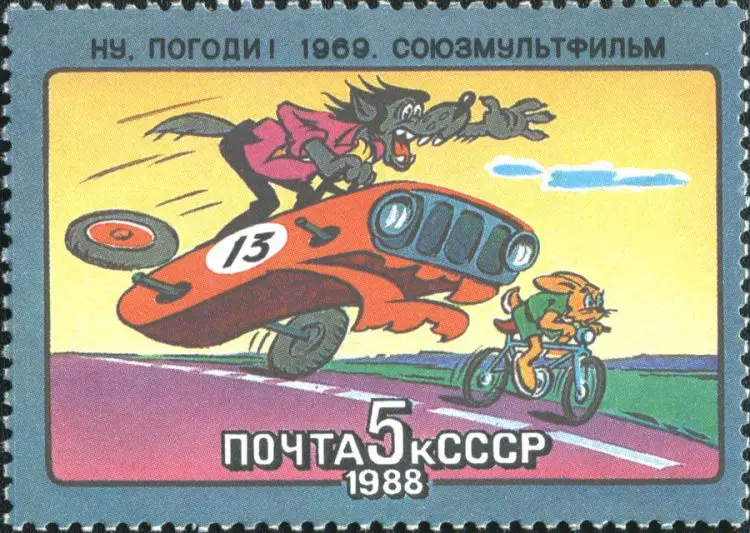
A bit further east, Cheburashka plays a similar role. The star of a series of stop-motion Soviet films that began production in 1969, this adorable character has the body of a bear and giant monkey ears (leading to occasional comparisons to Mickey Mouse), and goes on adventures with a crocodile and a mischievous old lady. The Cheburashka films were also known for their sweet but catchy songs. Cheburashka has achieved iconic status in Japan and among Russian speakers, and can be found in the forms of plushies, socks, and even as the namesake of a chain of daycare centers in Berlin.
Another Soviet evergreen is “Nu, Pogodi!” or “Well, Just You Wait!” the adventures of a wolf trying to catch a hare. Produced occasionally since 1968 (the most recent episode was released in 2012), this show is akin to Tom and Jerry, with the wolf’s schemes to catch the hare perpetually foiled, followed by the wolf shouting the show’s eponymous catchphrase. Although the wolf has slowly transformed from a threatening hooligan to a bumbling but sometimes friendly antagonist, his bellbottoms have stood the test of time, as has the show itself.
Some TV shows have attained cult status, such as Poland’s “Four Tank-Men and a Dog,” about a tank crew fighting in World War II (and their lovable dog), but certain Soviet films and TV episodes are still aired annually in Russia. “Seventeen Moments of Spring” is a 1973 TV series starring Max Otto von Stierlitz, a fictional double spy sometimes compared to James Bond. Immortalized further by a series of novels and films, Stierlitz became one of the Soviet Union’s most famed fictional characters. Although the butt of an entire sub-genre of Soviet humor, “Seventeen Moments of Spring” is still aired in Russia around Victory Day. Stierlitz jokes often made fun of the series’ voiceovers, such as in this example “Stierlitz arrived at [SS leader] Himmler’s house in a red Russian shirt and carrying an accordion. He played a Russian folk song and danced squatting while whistling. Kopelyan’s voiceover commentary: ‘Yes, never before had Stierlitz been as close to blowing his cover as on that night.’” A similar Polish TV series from the 60s about a secret agent infiltrating the Nazi Party remains a hit on Polish telivision, and had a following elsewhere in the Eastern Bloc.
1976’s “The Irony of Fate” has become as much of a New Year’s Eve tradition in Russia as Salad Olivier, fireworks, and Putin’s end-of-year speech (and is a fixture in most of the rest of the former Soviet Union). As much a holiday staple as “It’s a Wonderful Life,” this screwball rom-com mocks the uniformity of Soviet architecture. Shortly before New Year’s Eve, the drunken protagonist is accidentally put on a plane to Leningrad by his friends. When he lands, thinking he is still in Moscow, he takes a taxi to his address, where he finds a building identical to his. His key works in the identical lock, and the furniture is identical as well, so he has no trouble falling asleep in what he takes to be his bed. The poor man only discovers he’s in the wrong city when the apartment’s rightful dweller arrives, followed by her fiancée. Hilarity ensues, along with a happy ending just in time for the new year.
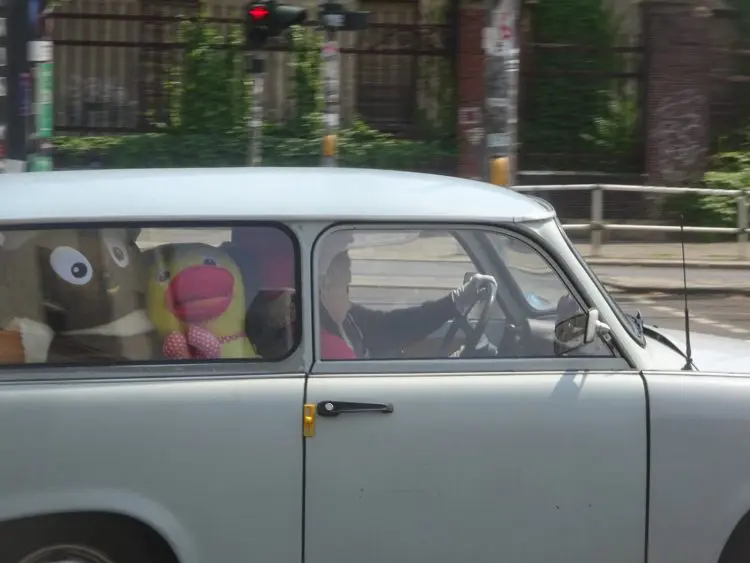
Communist Era Cars
While most civilian vehicles had bad reputations due to poor materials and craftsmanship some have places in locals’ hearts and garages. East Germany’s Trabant is a classic example. Produced with few changes from 1957 to 1990, much of the tiny, cramped “Trabbi” was made from plastic synthesized from recycled waste. Despite weighing very little, the car had a top speed of 62 MPH thanks to its impressively underpowered and polluting two-stroke engine, which lacked a fuel pump. The butt of many jokes, the waiting list still exceeded ten years.
While many Trabants were quickly replaced after the fall of the Wall, they have seen an increase in popularity as an icon of East Germany. Tourists can be seen driving around Berlin in them, and they’re still used for everyday life in East Berlin (although all have had their engines replaced to meet emissions regulations). East Germany’s charming “Ampelmännchen” (“Little traffic light man”), a pedestrian crossing signal, has become one of East Berlin’s main symbols, and has spread to West Berlin and some cities in western Germany. A similar feeling of nostalgia has powered sales of Junak motorcycles, the Polish take on Harley-Davidson, although modern Junaks are produced in East Asia.
Ongoing Ostalgia
This article is just a taste of the many communist-era products that still line the shelves and streets of East and Central Europe, and have a cherished spot in the memories of many. While very few have any interest in returning to communism, that hasn’t hurt the sales of Tisza tennis shoes in Hungary, Poland’s Tiger vacuum cleaners, or tickets on Tito’s recently restored Blue Train.

Born and raised in Wisconsin, Kevin lived in Estonia and Finland for several years, traveling widely through Central and Eastern Europe, before settling down in Berlin. Having studied the cultures, histories, and economics of the countries along the Baltic Sea for his Master’s degree, Kevin has the knowledge and experience to help you plan the perfect trip anywhere in the region, and also works as JayWay’s main writer and editor.
